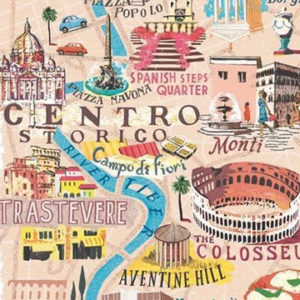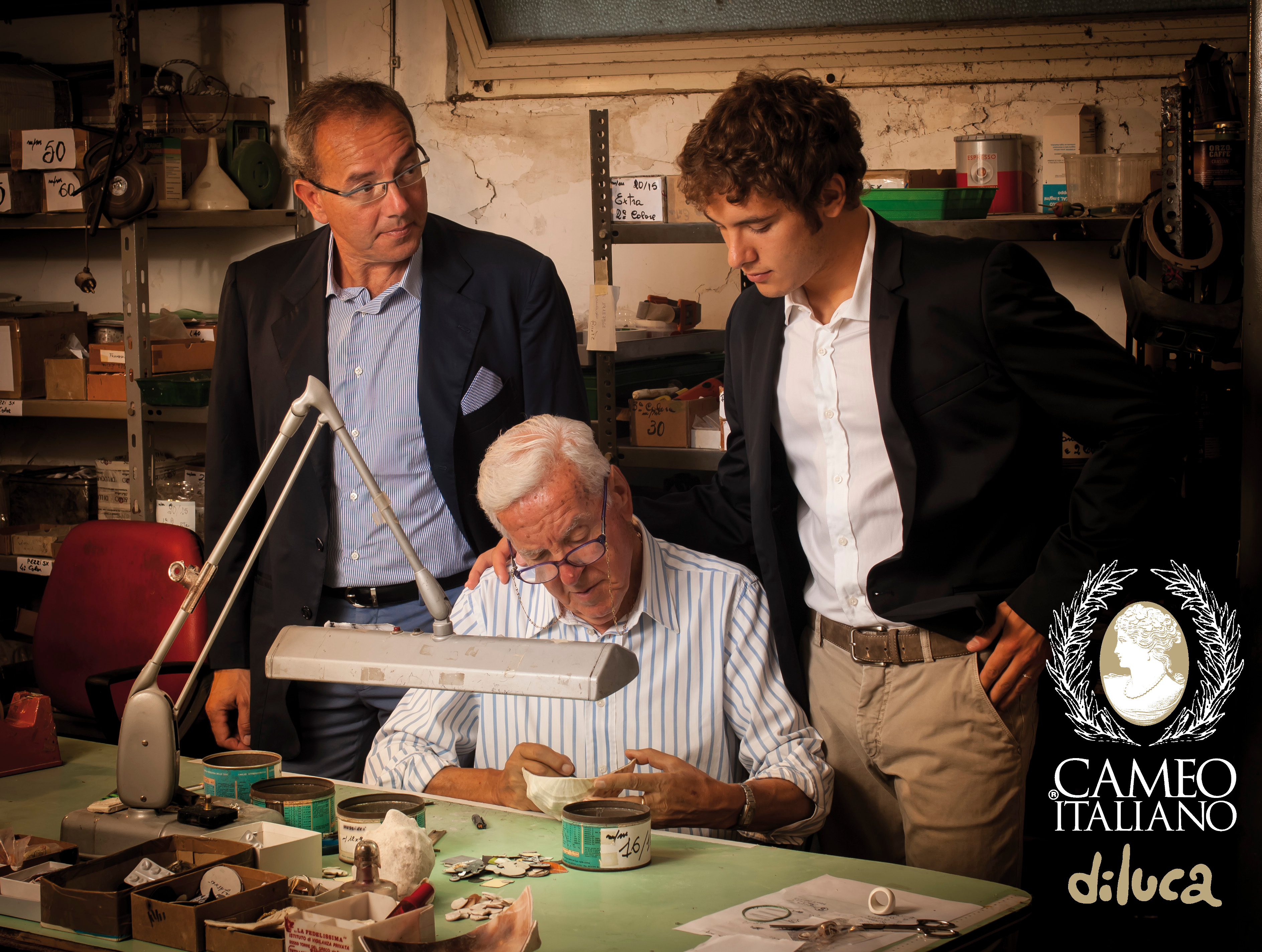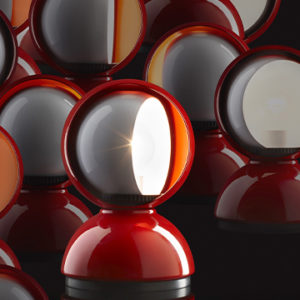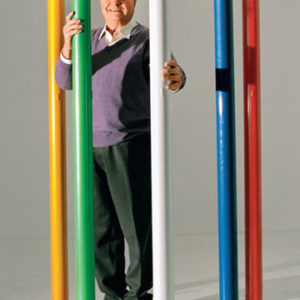When thinking about Italian contemporary architecture, immediately our mind goes to Renzo Piano, one of the most renown and internationally active architects, Italian senator for life since 2013, winner of the Pritzker Award delivered by the then President of the United States of America Bill Clinton at the White House in 1998.
In 2006, he became the first Italian included in the Time’s list of 100 most influential people in the world and among the top ten in the Arts and Entertainment category. He is definitely one of the excellence of Made in Italy worldwide.
Renzo Piano was born in Genoa in 1937 and attended the School of Architecture first in Florence and then in Milan. Once he completed his studies, he lived in Paris, the United States and then England, where he taught at the prestigious Architectural Association School of Architecture.
In 1968 he created a pavilion for the XIV Triennale of Milan and a year later he realized the pavilion for the Italian Industry at the Universal Exhibition in Osaka.
But the project that gave way to his international reputation is the realization of the Centre Georges Pompidou in Paris.
In 1981, he founded the international practice Renzo Piano Building Workshop with offices in Genoa, Paris and New York, an architectural hotbed behind some of the most high-profile projects worldwide.
For instance, the renovation of the Old Port, the Aquarium and Bigo in Genoa will have his signature. He was moreover entrusted with the task of reconstructing the Potsdamer Platz area in Berlin. In 1994 he won the competition for the new Auditorium Parco della Musica in Rome. Ten years after he completed the Church of Padre Pio in San Giovanni Rotondo.
In 2008 he inaugurated the California Academy of Sciences in San Francisco, one of the most environmentally sustainable buildings in the world thanks the care with which Piano selected the materials to use.
In 2012 The Shard opened in London, the second tallest building in Europe and 45th in the world with its 310 meters height.
In Paris, he designed a 160-meter-high skyscraper for the New Palace of Justice, which will become the tallest building in the city after the Eiffel Tower.
In 2014 the Renzo Piano Foundation was built in Genoa, a non-profit organization dedicated to the promotion of various activities such as the preservation and enhancement of the archive of Studio Renzo Piano and the training and the teaching of young architects.
According to Piano, architecture is art, it generates excitement with a specific language created by space, proportion, light and matter. The most important thing is lightness, the use of immaterial elements like transparency and the vibration of light, a common thread in all his projects.
1982 – 1986 The Menil Collection, Houston USA
1983 – 2002 Lingotto Factory Conversion, Turin Italy
1988 – 1994 Kansai International Airport Terminal, Osaka Japan
1991 – 1998 Jean Marie Tjibaou Cultural Center, Noumea New Caledonia
1992 – 1997 Beyeler Foundation Museum, Riehen Switzerland
1994 – 2002 Parco Della Musica Auditorium, Rome Italy
1996 – 2000 Aurora Place, Office and Residential Buildings, Sydney Australia
1998 – 2006 Maison Hermès, Tokyo Japan
1999 – 2005 Paul Klee Center, Bern Switzerland
2001 The Biosfera, Genoa Italy
Despite his fame and his constant international trips abroad, Piano says he loves his land and after each trip he is always happy to return to Italy. In his view, Italy has a unique richness of culture, art and history, and this has given him an extraordinary and imperceptible ability to grasp the complexity of things, articulate arguments, weaving together art and science, a huge asset given to him by his land, and one he can share with the rest of the world.












































